a few weeks ago, i received a copy of this beautiful book—in search of the world’s finest wools, written and photographed by dominic dormeuil, current chairman of house of dormeuil and jean-baptiste rabouan, whose photojournalistic work has focused on the cultures of nomadic people.
sensing the profound impact of social, economic, and environmental change on the global wool industry and wishing to acknowledge the “growers and artisans of wool”, the authors set out to meet and photograph the animals, people, and places around the globe that produce our most precious fibers.
for the reader, the journey begins on the tundra in greenland to study the ancient musk ox, producer of rare, fine qiviut wool.
what i love about this book is the knowledge that is shared throughout its pages—it’s not only a stunning photographic encyclopedia, but also the well researched product of a passionate wool advocate.
dormeuil, whose family textile firm has operated for five generations within the global fiber market, writes with great sensitivity, depth, and concern for the relationship between man, animal, and environment.
from greenland, we travel across the book’s pages to mongolia, where the best cashmere fiber is grown and harvested.
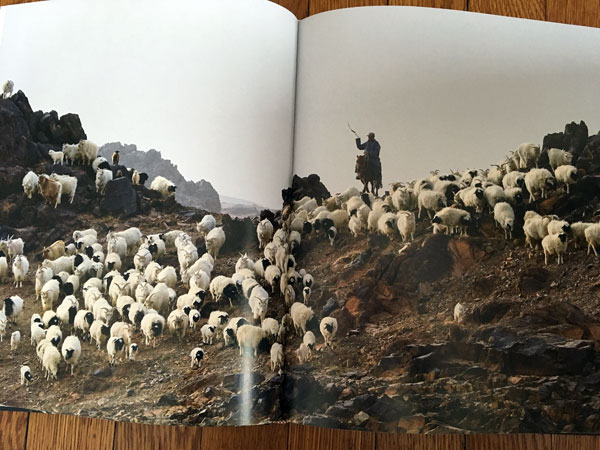
one fact that is driven home time and again throughout this story is that much of the world’s most precious fibers are produced in the harshest climates. and while maybe not places where the majority of the world wishes—or has the temerity—to live, these environments hang in a delicate balance on which we all have an impact.
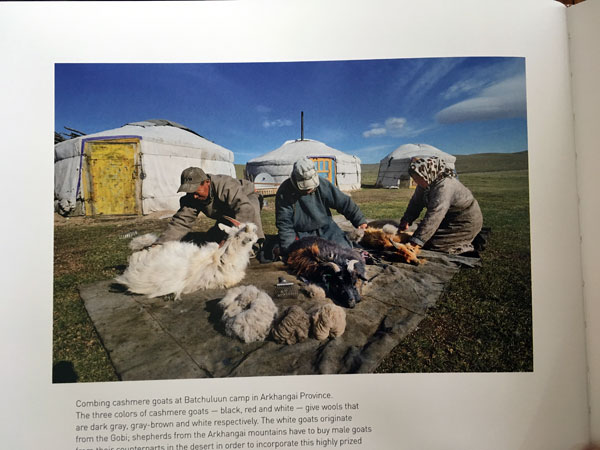
directly related to that fact is the realization that we would know nothing of these fiber rarities if it weren’t for the fierce preservation of ancestral traditions by highly skilled farmers and herdsman.
from the ability to understand climate, terrain, and husbandry, to the assessment and marketing of product, deep cultural traditions play an enormous role in whether or not we will knit or weave or sew with cashmere, qiviut, mohair, yak, vicuña, or taewit wools.
on kyrgyztan’s vast grazing lands, the authors teach us about that last one—taewit—gleaned from a unique cashmere-cross goat originating in the region during the period when the soviets used kyrgyzstan as an agricultural breeding laboratory and showcase for communism.
from there we move on to ladakh and the high western plateau of tibet, known as changtang, where pashmina goats are raised.
as with so many other rare fibers, these goats can only be raised by herdsmen willing to practice their husbandry in a wild, inhospitable place. not only is the climate in this area harsh and resources limited due to the extreme altitude, but predators are many. the lifestyle of the herdsmen is seen as almost anachronistic when compared to that of villages in nearby settlements, but for the time being the pursuit of the fine pashmina fiber helps it persist.
from ladakh, we are taken to the shetland islands, where sheep are the focus for the first time in the book.
thanks to its rather isolated location, shetland is home to breeds preserved and maintained from ancient stock of scandinavian sheep, brought to the islands from nearby norway by the vikings. the scandinavians established a sustainable rural society on shetland, which included the processing of wool and manufacture of wool yarn, textiles, and garments—first by hand at home for family use and eventually, for trade.
today, shetland’s wool industry continues to thrive and grow, with investment in eco-friendly milling and processing. while reintroducing us to a perhaps more familiar culture, the author still provides some thoughtful reminders that wool is a product of place, history, and environment toward which humans have a responsibility.
next we leap from nearly the top of the globe to the bottom, landing in new zealand and australia where the world’s largest percentage of merino wool is raised. thanks to the a scottish immigrant named eliza forlonge who gathered the first flock of saxon merino sheep and sent them to australia, almost every knitter is familiar with the squishy, springy, soft merino fiber.
a few of those first imported sheep were purchased by the ranch we visit in this chapter as we get a glimpse of what it takes to run a herd of 12,000 merinos while adhering to the strict oversight of the australian trade organizations. again, so fascinating to absorb and understand exactly what it takes to provide wool for our pleasure.
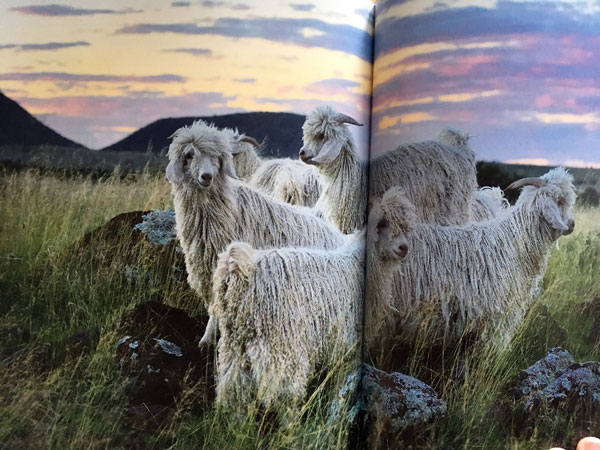
after australia, we hop over to south africa to look at the herds of one of my favorite fiber animals—the angora goat, from which mohair fiber is obtained. unlike the double coated cashmere goat, angoras are single coated, producing only long locks of lustre fiber.
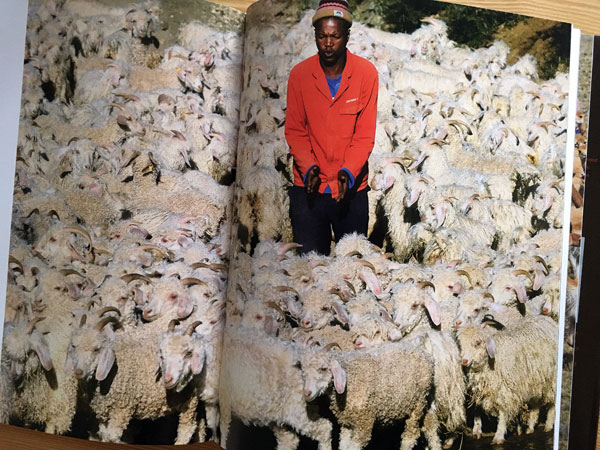
the angora goat has thrived in south africa since the mid-1800s, raised mainly in an interior mountain chain. here, a superior mohair product is produced on a third generation family farm. here, the goats can wander in a semi-wild state on the rocky terrain and are brought in twice each year for shearing.
the fleeces are sorted by hand and graded for fineness and color, then milled locally or exported, depending on demand. the author points out here, that while the entire discussion of the book is focused on fibers aimed for a luxury market, economics at the farm level are always precarious. market prices for raw wool remain low; retail prices on finished goods often reflect the high cost of transportation and factory labor, rather than compensation to the farmers and herdsmen.
our world travels with author and photographer wind up with an examination of the almost mythical vicuña, in the high andes mountains of peru. this once plentiful creature was driven almost to extinction by the 1960s, but under extremely close supervision by the peruvian government, a program of protection and breeding is giving new life to its future.
vicuña live and graze on a huge reserve, well-protected from human interference. in addition to preserving and multiplying the breed, the program provides for community based fiber harvesting, so that animal population may be monitored and fiber procured without hunting. while still considered and endangered species, today the vicuña is no longer close to extinction.
i’ve run on and on, just to give you a small chunk of what’s inside this amazing book! if you love the world of fiber, you will want to get yourself a copy. the subject matter is of such interest to me and i know from the popularity of our bare naked knitspot club that i’m not alone—just check out the discussion threads in our club ravelry group and you’ll see we have community that is quite excited about natural fiber).
now if you’ve had the patience and/or interest to read this far, you are in for a treat. firefly books, publishers of this delicious volume, have provided a giveaway copy for one lucky reader.
to be eligible, leave a comment at the end of this post before 9 pm EDST on tuesday, march 14th, telling me which of the above fibers was new and different to you. we will choose a winner at random and announce it in the blog post to follow.
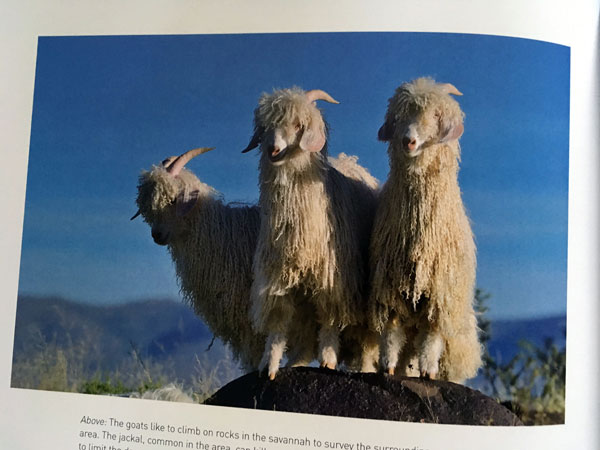

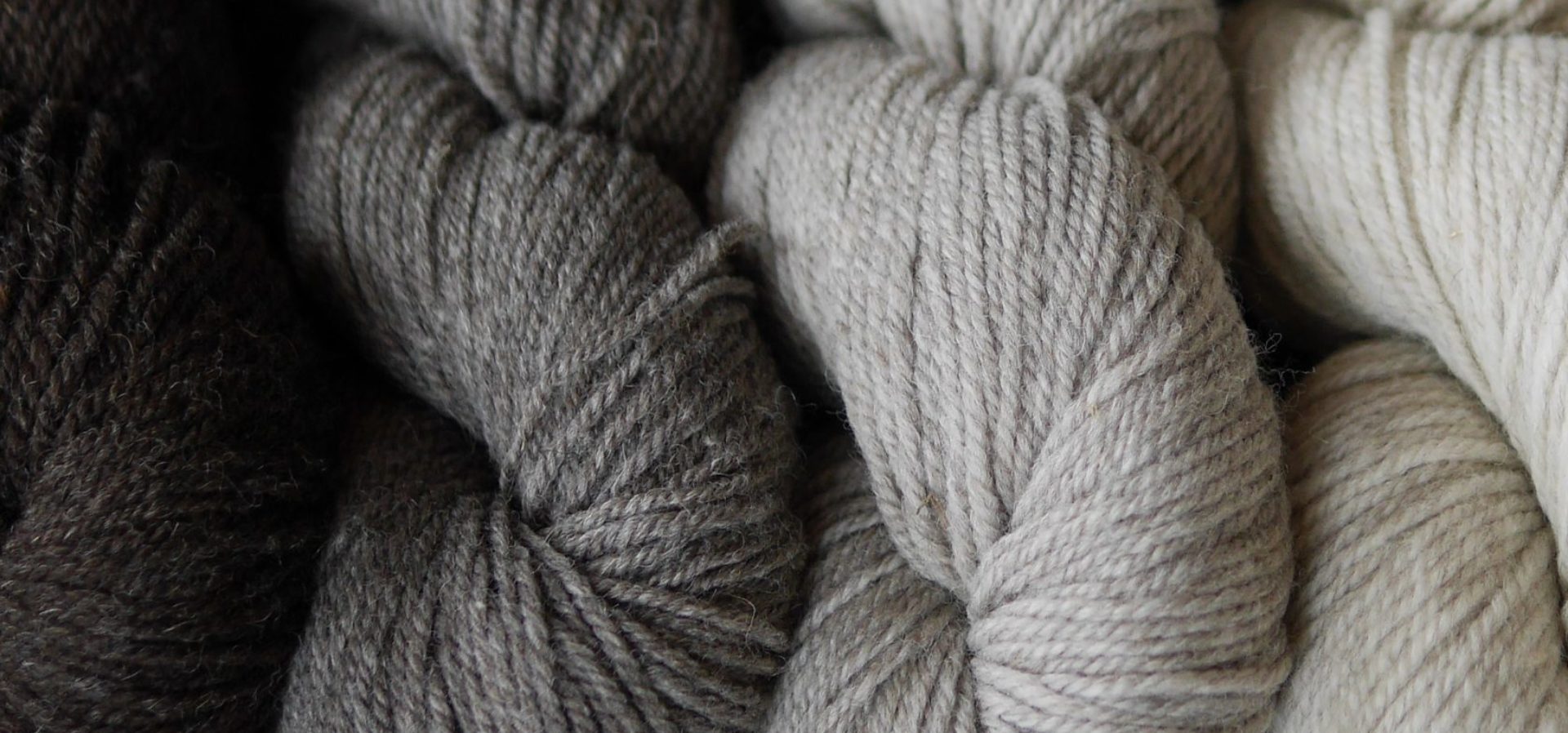


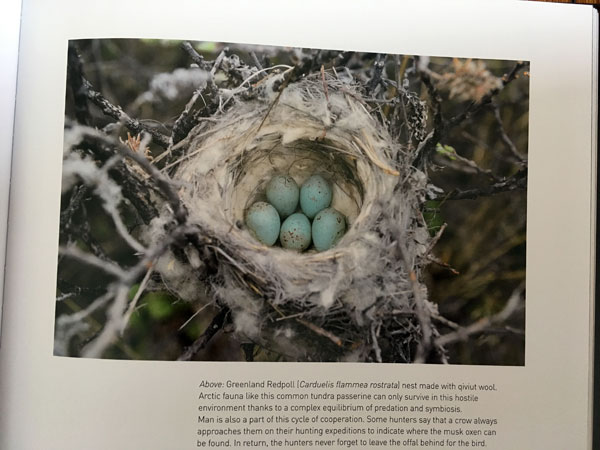
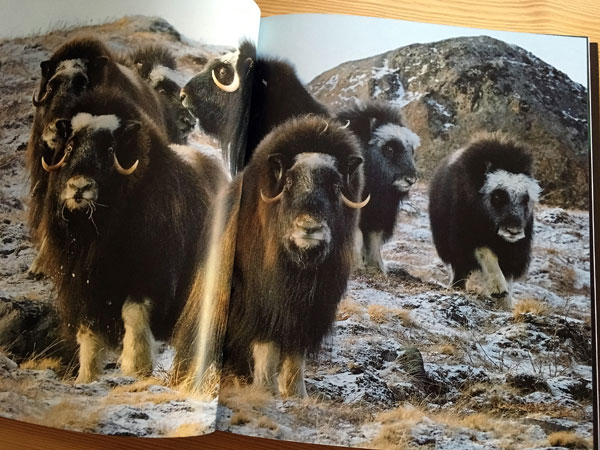
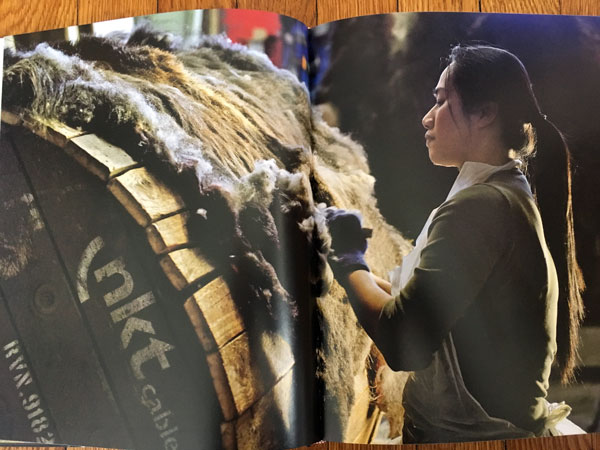

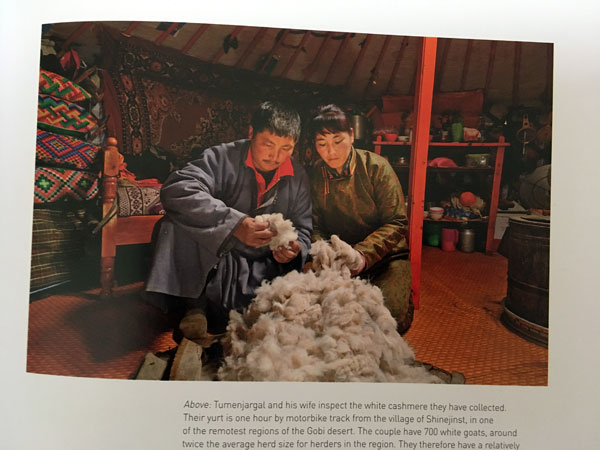
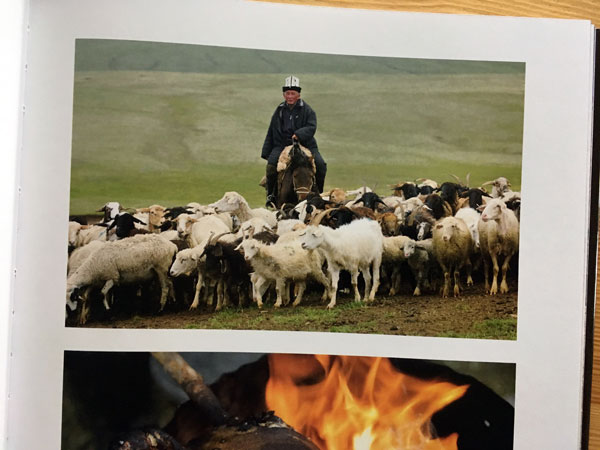

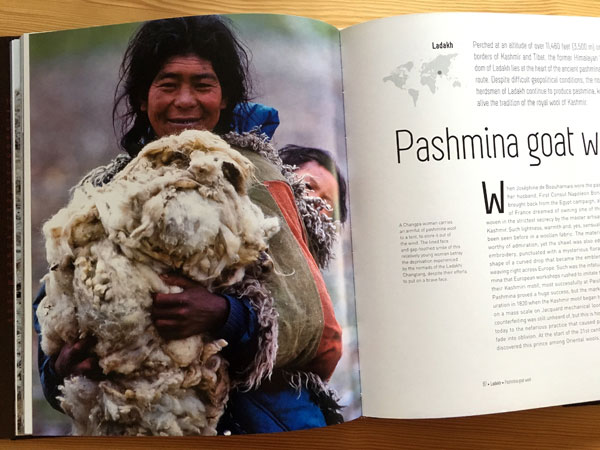
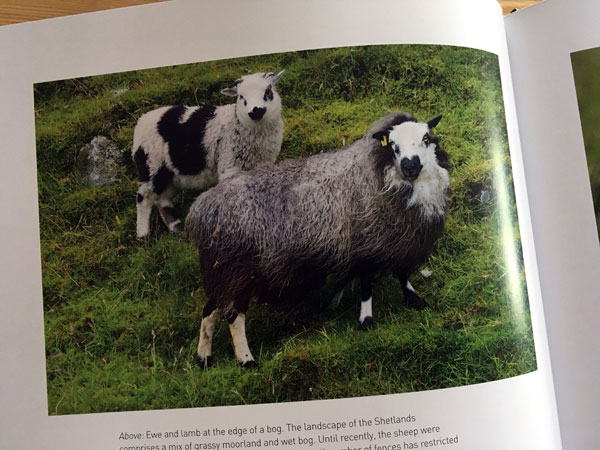
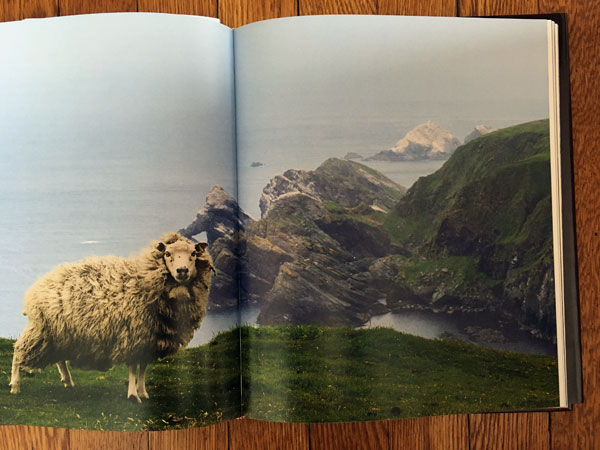
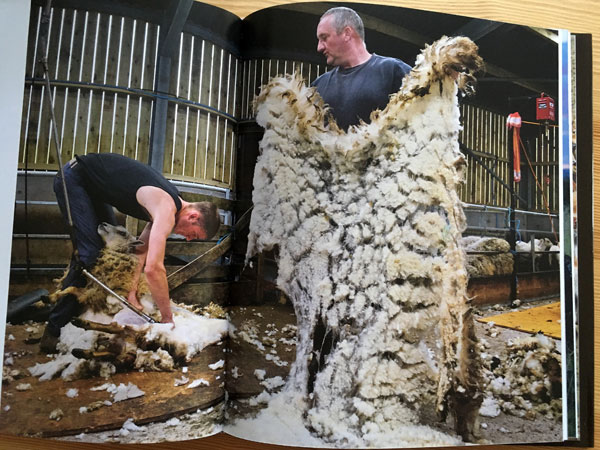
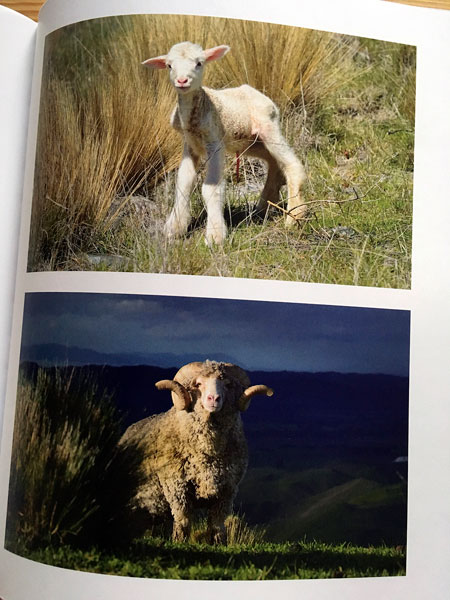

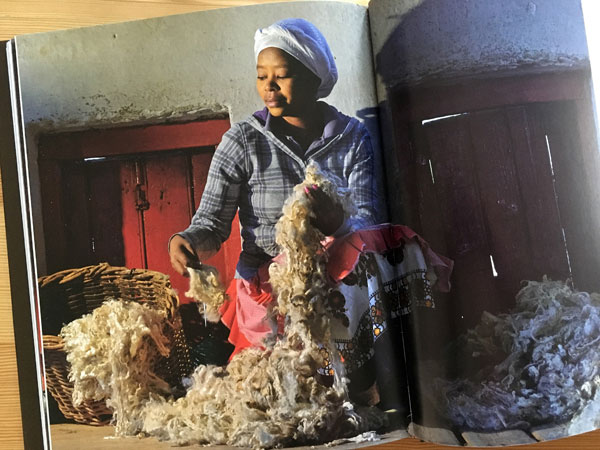

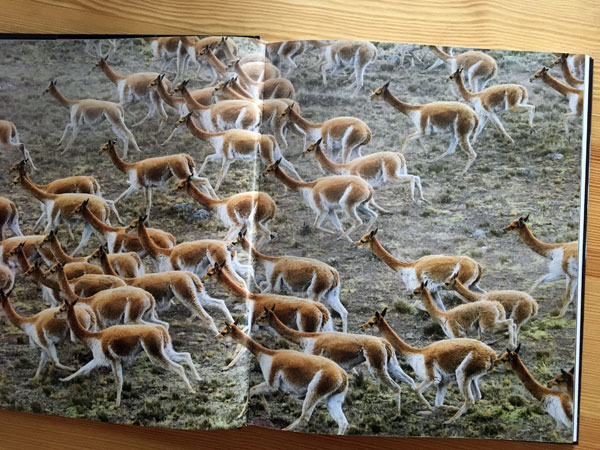
89 thoughts on “wool seekers”
I have never heard of taewit wool before!
Pashmina though known to me, I did not realize or wAs a specific breed of goat. So much to learn out there!
I’ve never heard of quiviut wool before and would like to see that! I wonder if there will be any in Rhinebeck…
I thought pashmina was a blend of cashmere and ‘something else’. I never researched
what the ‘something else’ was! I have never heard of vicuña. I wonder if this book will help us gain access to the fiber? I usually go for local fiber, but I can’t imagine I will pass on the opportunity to try something new (to me) if it presents itself.
What a gorgeous book! I hadn’t heard of taewit before. I once had the pleasure to touch some unspun quiviut fiber and it was seriously soft.
I remember first learning about qivuit on a trip to Banff. I researched it online and had to wait two years to finally work with it. Absolutely loved how soft and light it was.
What an extraordinary book! Fascinating on so many levels. Years ago I was told that pashmina was a particular part of the goat’s coat and removing it was cruel, so I stopped buying it. I would be pleased to be wrong!
What an amazing, beautiful book! Taewit is new to me.
Gorgeous photos! I had never heard of taewit, and I also thought pashmina was a commercial branding of a blend.
Taewit is a new fiber to me. What a beautiful book this looks to be. I use qiviut quit a bit, just because I live in a place where Musk Ox roam, but would like to give vicuna and pashmina a try. Your swatches look like we are in for a treat.
I, too, have never heard of taewit, and have never actually seen a vicuña. What a beautiful book!
I had not heard of either pashmina or taewit – will have to look for them. Thanks, Anne!
The vicuña is new to me! I’m now curious what type of fiber they produce and what its properties are! Thanks for sharing this amazing resource!
This post makes me want to just quit my job and become a fiber bum,,,,travelling the world, meeting these folks and their wonderful animals. Thanks for posting- would live to have this gorgeous book!!
Vicuña is a new one on me, but they look like beautiful animals. The book looks awesome!
Taewit is new to me. Thanks so much for introducing us to the book. It looks amazing. I hope my library has it.
Taewit is completely new to me. The others I’ve heard of, and have had the pleasure of knitting with quiviut.
I also had not heard of taewit before this post. I adore vicuna and, through Bare Naked Knitspot clubs, have had the opportunity to knit with so many precious fibers! Thanks for the chance to study them in more depth.
Taewit is also new to me. The photographs look so beautiful!
We’ve discussed the vicuña a small bit in my culture and civilization class, and I would love to learn more about them. That book looks amazing.
Haven’t heard of vicuña or taewit. This book looks amazing and fascinating.
I love the beautiful pictures! It is very interesting to see the cashmere, and where it is produced!
I havent heard of taewit. I’m interested in finding out more!
I’ve not heard of taewit. This looks like a fascinating book!
Never heard of vicuña. Interested to learn more. Fascinating! Thank you!
What a book! Such stunning photography!!
What a fascinating post! I’m eagerly ordering the book, regardless of whether I win or not. The fibre I’d never heard of was taewit. And I just finished a yarn review of a new Yarn from krygyztan which was wonderful to work with. Thanks Anne for opening me up to this book!
Taewit also new to me…I have a fondness for quiviut, having touched it in Alaska. What an extraordinary book!
Taewit is new to me. Vicuna is kind of holy grail-ish to me–so gorgeous. As everyone else said, what an amazing book! I feel like I need to better appreciate where the fiber I work with comes from
Taewit is a new one on me! Would love to learn more about it.
Thank you for sharing!
Wow, what a book! I didn’t know about vicuna fiber and I didn’t know that pasmina shawls are named because there’s a pasmina goat!
This book looks astounding. The photos open up worlds… Very important and fascinating. I had never heard of vicuna before and want to learn more. Thank you!
I hadn’t heard of Taewit either. I was also surprised to see such a big herd of vicuna; I had imagined that they lived in smaller groups than that.
The crimp on that lock photo!
I’ve never heard of taewit before!
Taewit is new to me, I have never heard of it before. What a fascinating topic, and gorgeous photos. I can’t wait to read this book.
I had heard of the vicuña, but I had not seen the animal. I have not felt the fiber yet either. Thanks for the chance to win.
What a fascinating looking book! I’d never heard of taewit and thought pashmina was a type of shawl, not wool.
So fascinating! And the photos! I’ve never heard of taewit.
Never heard of taewit but years ago, bought some wool that was from Afghanistan but spun in Israel under a grant from the US government! Incredible story of how people can work together!
Thank you for bringing this book to your readers’ attention. I’d never heard of taewit wool!
There are some I’ve never heard of, like taewit…and some I’ve never had the pleasure to work with, like qiviut and angora! Lovely book!
I have heard of vicuña before, but wasn’t very familiar with its source. This book sounds like such a wonderful treasure of information on the products that I sometimes take for granted.
Vicuna was new to me- I’m very interested to read this book!
This looks like a fascinating book! Thank you for giving us such a detailed glimpse of it. Taewit is new to me; while I’ve heard of vicuna, the pictures of the animal look so magical! It is clear from the pictures that the keepers of all these wonderful animals are not the ones profiting from their flocks. Looks like a labor of love to be sure.
New to me is taewit, looking forward to learning about it. Last summer I got an angora goat and this spring I’m getting a couple of cashmere kids. Goats are such fun!
Sounds like a great read! I had heard of vincuna, but had no idea what the animal looked like 🙂 Thanks for the review!
Sounds like a great read! I had heard of vicuna, but had no idea what the animal looked like 🙂 Thanks for the review!
The fact that vicuña fibers came from vicuña animals was new to me — I had been thinking “laboratory product.” Thank you for your instructive post.
Taewit – I’ve never heard of it. What a fascinating book – thanks for bringing it to my attention.
What a beautiful book. I didn’t know about the vicuna animal and don’t think I have ever touched the fiber.
Comments are closed.